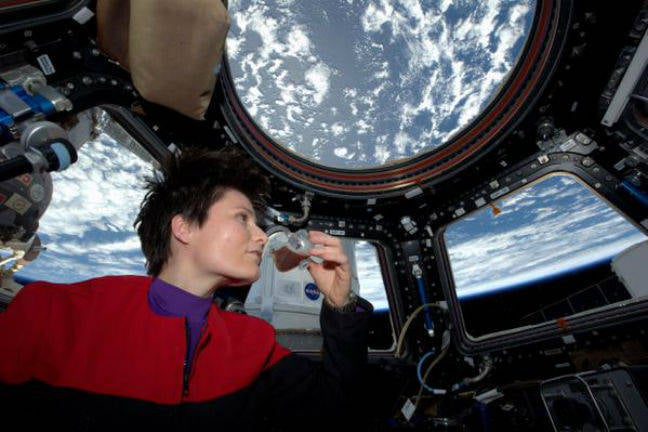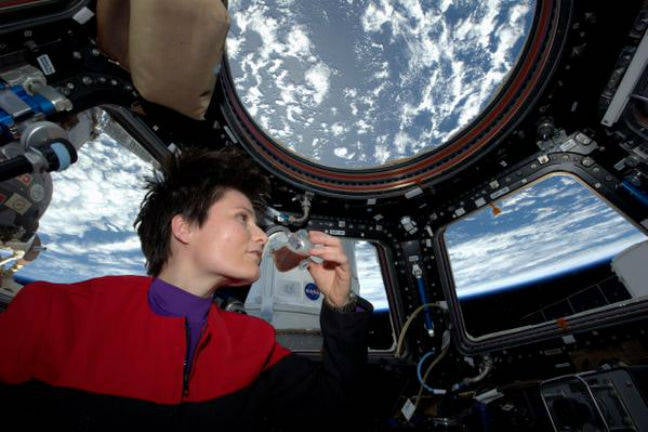
Fifteen years have passed since the iconic Cupola selfie booth was installed on the International Space Station (ISS).
Shipped as part of the Tranquility Module, also known as Node 3, the Cupola was launched into orbit aboard the Space Shuttle Endeavour during the STS-130 mission. This mission, which began on February 8, 2010, lasted nearly 14 days.
The launch was postponed from February 7 due to poor weather conditions, and the Shuttle docked with the ISS on the third day of the mission. The Cupola was successfully attached on February 15, 2010.
The Cupola project faced initial challenges, originally initiated by NASA and Boeing but later halted due to budget constraints. In 1998, the European Space Agency (ESA) took over the project through a partnership agreement with NASA, leading to its design, development, and integration by Alenia Spazio.
Despite being a relatively compact module by ISS standards, the Cupola accommodates two crew members, or more if needed, along with the robotic workstation that operates the Canadarm2. Its dimensions are approximately 2 meters in diameter and 1.5 meters in height.
Equipped with seven windows—a central circular window measuring 80 cm and six trapezoidal side windows—the Cupola features shutters to shield the glass from contamination and potential impacts from space debris or micrometeorites.
The protective shutters are vital, as the Cupola’s windows, made from fused silica and borosilicate glass, have been subject to damage. In 2016, ESA released a photograph showing a 7 mm circular chip caused by debris, with astronaut Tim Peake noting, “I frequently get asked if the ISS encounters space debris. Yes—this is the chip in one of our Cupola windows, thankful it’s quadruple glazed!”
While primarily designed for observing external operations, such as spacecraft arrivals and spacewalks, the Cupola also offers breathtaking views of Earth. Astronauts frequently use this space for remarkable selfies and to capture stunning imagery of our planet.
The Cupola stands as one of the final significant contributions from the United States to the ISS, as the Space Shuttle program concluded in 2011. While SpaceX launched a Crew Dragon spacecraft equipped with its own large domed cupola in 2021, the module on the ISS continues to be both a technical marvel and a source of inspiration, even 15 years after its initial installation. ®










